Summer is winding down and tomatoes, peppers, and cucumbers are fading in the garden. Depending on where you live, it may be time to put the garden to bed OR start planning a fall garden. Which one you choose depends on where you live and how much energy you have. You can even do both! Following these basic fall gardening tips may offer big rewards all year long. You can get a few more meals from the backyard and make sure your garden is ready for a winter deep freeze.
Since I will be doing a bit of both, I thought I’d share a few ways to extend the gardening season into cooler weather and some garden chores to tackle NOW to make sure your garden is ready for spring.
Posts feature partner companies & may be sponsored. Post contains affiliate links & I will be compensated if you make a purchase after clicking on links. As an Amazon Associate I earn from qualifying purchases.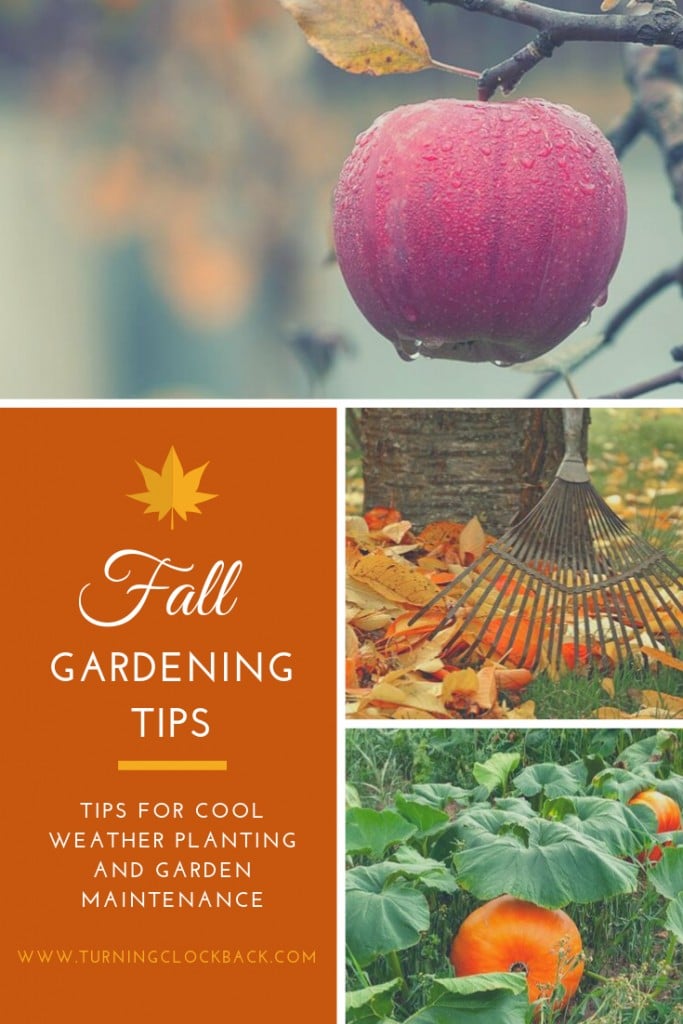
Table of Contents
Starting a fall garden
Summer is slowly fading away and here in Georgia, I am starting to catch some small glimpses of fall. A few more leaves are starting to drop from the trees, mornings are a tad cooler and the cicadas are dying.
I can always tell fall is coming when I start seeing dead cicadas in the driveway! In a couple of weeks, I will start preparing the lawn and garden for fall and make a trip to the nursery to see what sort of fall plants are available. And maybe restock a few of my essential gardening supplies while I am there.
✯Don’t want to miss the next post?✯ Follow Turning the Clock Back on Facebook | Twitter | Pinterest Or join the private Facebook group for simple tips on going green!
Depending on what area of the country (or the world, for that matter!) you live in, you may be able to get a few more months out of your garden. You just need to know what to plant and a few other fall gardening tips. There is nothing better than heading out into your yard and picking some fresh lettuce or a few herbs to throw into your evening dinner.

Look for signs of autumn
What are the first signs of autumn? Fall days here in Georgia are still hot but if you know where to look, the signs of fall are all around. Look for just a few turning leaves on your backyard trees. The days are getting shorter.
When there’s less sunlight, trees stop producing chlorophyll, which they use to convert light into energy to grow. That means green leaves start turning other colors.
Migrating birds are another early sign of fall. Birds can start to head off to warmer climates as early as mid-August. There are plenty of birds that stay put all year round, however, many species will be leaving and new ones will be spotted as the weather cools off. Read my winter bird feeding tips for the ones who plan on sticking it out through the chilly winter days.
You should also notice more falling seeds, nuts, acorns, and small fruit on the ground. This is nature’s way of providing food for foraging animals to sustain them through winter. You may also notice more fungi growing in the undergrowth and it works to break down all the falling material in the damper, cooler fall days.

Choose your cool weather crops
So, you want to start a fall garden but aren’t sure which cool weather plants to try. Planting tomatoes in September will be frustrating and yield you no harvest, right? So, here are a few cool weather crops to plant right now:
- Onions and Shallots. They will usually overwinter and pop up as soon as the ground thaws in the spring.
- Garlic. Check out my post about how to grow garlic for a few tips.
- Spring Onions. Much like regular onions and shallots, spring onions (or green onions) will overwinter and sprout in early spring.
- Perpetual Spinach. You will need to make sure you don’t let it get hit by frost. Invest in a few floating row covers just in case.
- Broad Beans. When planted in the fall, broad beans can be harvested in spring up to a month earlier than spring sown plants.
- Peas. Same as the beans… they will overwinter and yield an early crop next year.
- Winter salad greens. Plant outside and protect from frost or trying planting inside in a low, shallow pot for indoor use. Check out my post on what to plant in November for more tips on indoor planting.
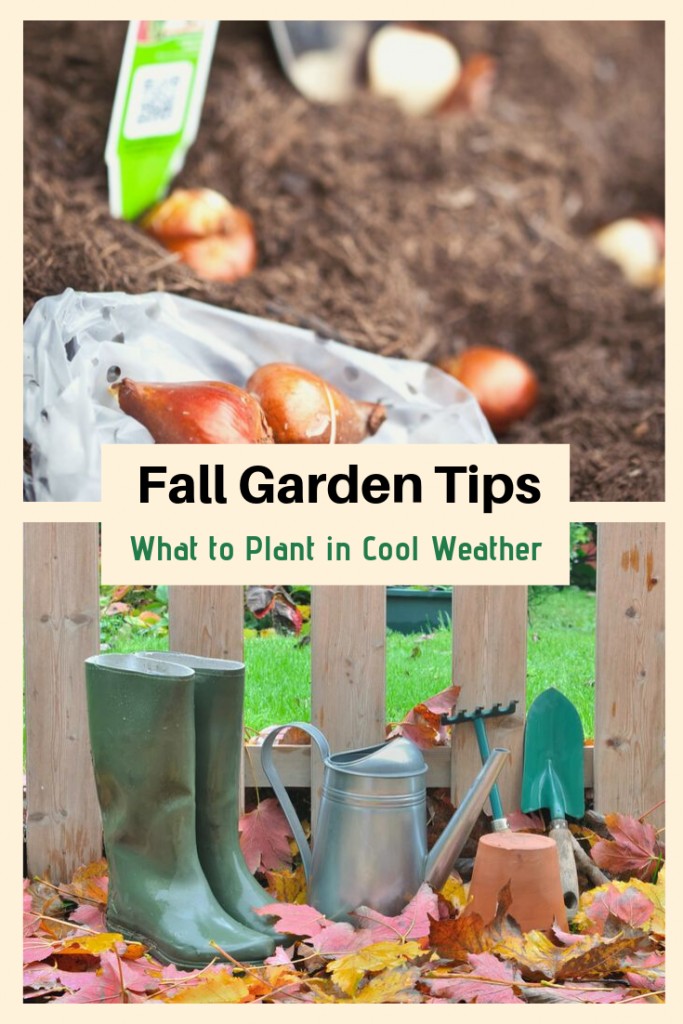
Fall Gardening Tips to Remember
Following a few basic fall planting tips can help you extend the growing season and boost your spring harvest as well. There are many benefits to planting a fall garden. Cool-weather generally means fewer insects and diseases to battle, which is nice! But, you do need to do some research in order to be successful.
Choose plants that resist frost
The first of my fall gardening tips is to know what you should pull out and what you should leave in for a while longer. My tomatoes are almost completely done at this point and I am just waiting to see if the last few will actually ripen in the next couple of weeks. (check out my grandmother’s green tomato mincemeat recipe to use up green tomatoes!)
More Gardening Tips
- How to Prepare Your Garden for Winter
- Plants that Bloom in Winter Perfect for Your Back Yard!
- How to Preserve Fresh Herbs for Maximum Flavor
Frost-tolerant fall vegetables will extend the growing season. Root crops like carrots, onions, and parsnips are generally fairly resistant to frost. Leave those in the ground as long as you can. Can cabbage plants withstand frost? Generally, yes. They are part of the brassica family which are almost all cold hardy. That means broccoli, cabbage, cauliflower and radishes can all stay in the ground.
Remember to look up your earliest frost date and keep that in the back of your mind at all times or you risk losing some of your garden harvest to frost! Keep some old sheets handy to use as row covers on nights you are expecting frost. You can also use clean milk jugs that you cut the tops off of if your plants are rather compact.
Let Summer Crops Linger if Producing
Our hot peppers are still going strong so I will leave those for now. We get a ton of hot peppers and dehydrate them all summer to add to chili or other spicy dishes. In fact, my husband and son think EVERYTHING should be spicy so we go through a lot of dried peppers.
If you love spicy food, plant some jalapenos next summer. Read my post about how to preserve hot peppers and you will have more than you will ever need!

Consider Leaving Root Vegetables A Few Weeks Longer
You don’t want to store your garden crops all winter in the ground. They will get damp and eventually you will lose them to some sort of fungus, mold, or disease. However, they will happily stay there a few weeks after the leaves die back.
Before planting a fall garden a few years ago, I spent an hour pulling out assorted potatoes and sweet potatoes. I probably should have left them a few more weeks but honestly, I was dying of curiosity to see what sort of treasures I had waiting underground! That is the problem with growing potatoes…no way to know what you have til you yank it out of the ground and then you can’t grow it any bigger! Trying just digging up a few potatoes at a time until the weather starts to get very cold and you harvest the whole bunch.
What should you plant in a fall garden?
I discussed this a little bit above. After you have everything pulled out of the ground that needs to go you need to plan what else you are going to grow. Look at Better Homes and Garden for a great garden directory of what to plant in your zone.
Primarily you are looking for things that don’t have to ripen or create ‘fruit’. Lettuces, certain herbs, Swiss Chard and other greens, broccoli, cauliflower, green onions, snow peas, and several other plants will thrive in the cool weather of September and October. Plants with a short maturation time are a good choice. Things like radishes that have a short time from seed to harvest are a good choice.
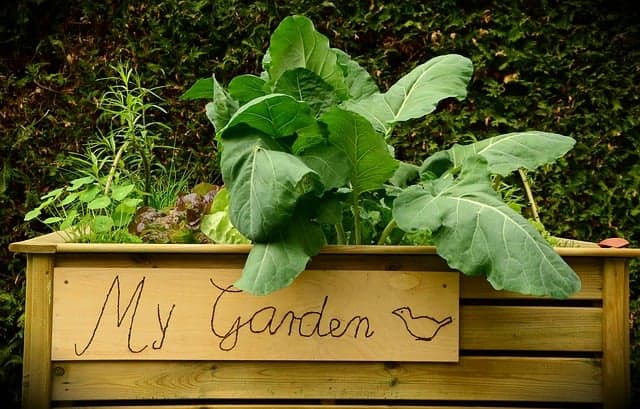
Fall Raised Bed Repair
Properly repairing your raised bed garden before winter is a key part of fall cleanup. Before you put your plants in the ground make sure that your garden frames are still in good shape. Repair or replace any broken boards or loose stones.
Check out Frugal Family Home for tips on repairing a raised bed garden frame. If boards are just loose, screw them back together. If they are rotted, you will have to remove them completely.
Improve Soil Health
If you have had plants in this soil all summer it is possible that it is a bit short on nutrients. Add compost or organic fertilizer to the soil before you start planting. Maintaining an organic garden is a great way to attract toads and other wildlife to your backyard. Generally, two to three inches of compost or manure is plenty. Then, just turn it into the soil.
If you don’t want to plant a fall vegetable garden, don’t just leave it empty. Grow a cover crop like clover to add organic matter, lighten and loosen soil structure, and enrich garden nutrients. Check out my tips about organic gardening solutions for fall before you grab your shovel.
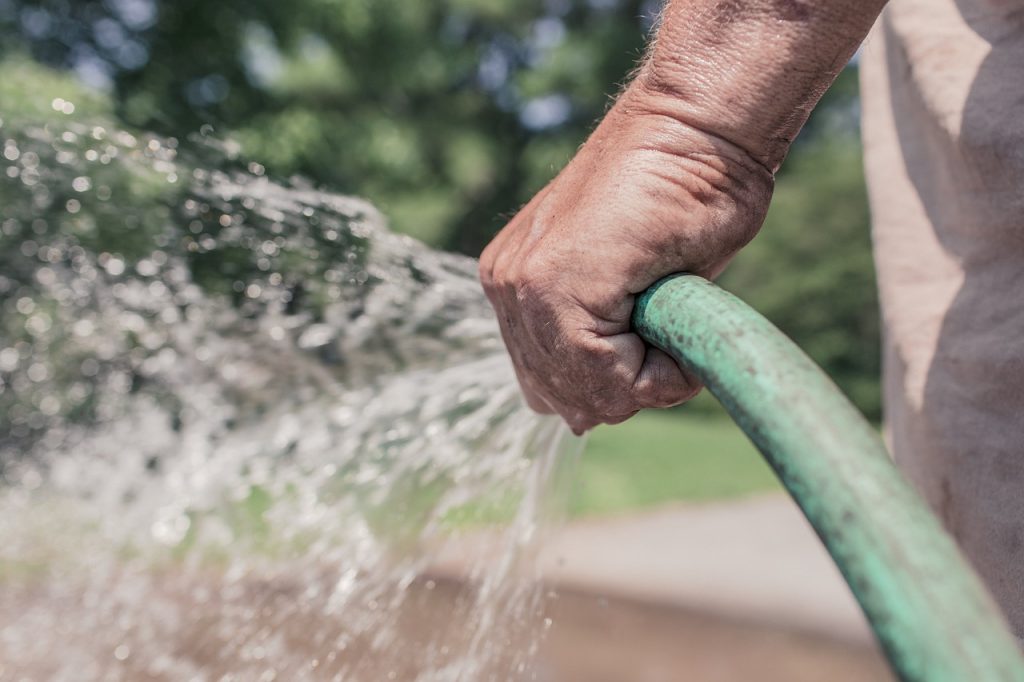
Fall Garden Watering Tips
Just because the weather is cooler doesn’t mean that the plants don’t need water regularly! Water your garden a couple times a week if you don’t get rain. Water your fall garden early in the morning when sunlight is weakest. This gives foliage several hours to dry before nightfall. Wet leaves overnight can lead to disease. And don’t get me started in the annoying snails!
Water deeply so that you reach roots. One way to reduce outdoor water usage is to make sure you are watering your fall plants efficiently and not losing it to evaporation. Deep watering also encourages a deeper root system in your plants.
How much sun does a fall garden need?
Take a look around at the surrounding landscaping and try to decide which areas are going to be getting the most sunlight. The angle of the sun changes as we move from summer into fall so make sure you are planting the taller plants in the back or your tiny lettuces and radishes will be stuck in the shade.
Many fall vegetables will tolerate some shade, however, all vegetables still need at least some sun to grow and thrive. How do you know if your garden is getting enough sun? The easiest way is to just go outside and check it morning, afternoon, and at dinner time. However, you can invest in a sun meter to do the work for you. Most vegetables and herbs require at least six hours of sunlight a day to grow.
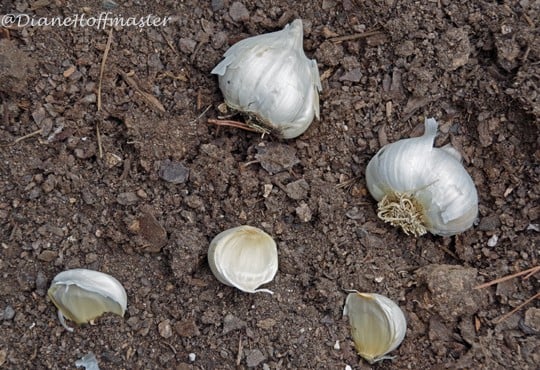
Plan Next Year’s Fall Garden NOW!
Planning a fall garden really depends on your region. You need to plan ahead for next year if you really want to have a decent fall harvest. Shop fall garden seeds in the spring. Start fall plants indoors by the end of July and they will be ready to go in the ground by late August or early September. Even if you have a short growing season, you can plant fall crops that will overwinter and be ready to sprout in early spring.

Diane is a professional blogger and nationally certified pharmacy technician at Good Pill Pharmacy. She earned her BS in Microbiology at the University of New Hampshire and has worked in cancer research, academics, and biotechnology. Concern over the growing incidence of human disease and the birth of her children led her to begin living a more natural life. She quickly realized that the information she was learning along the way could be beneficial to many others and started blogging and freelance writing to share this knowledge with others. Learn more about her HERE.

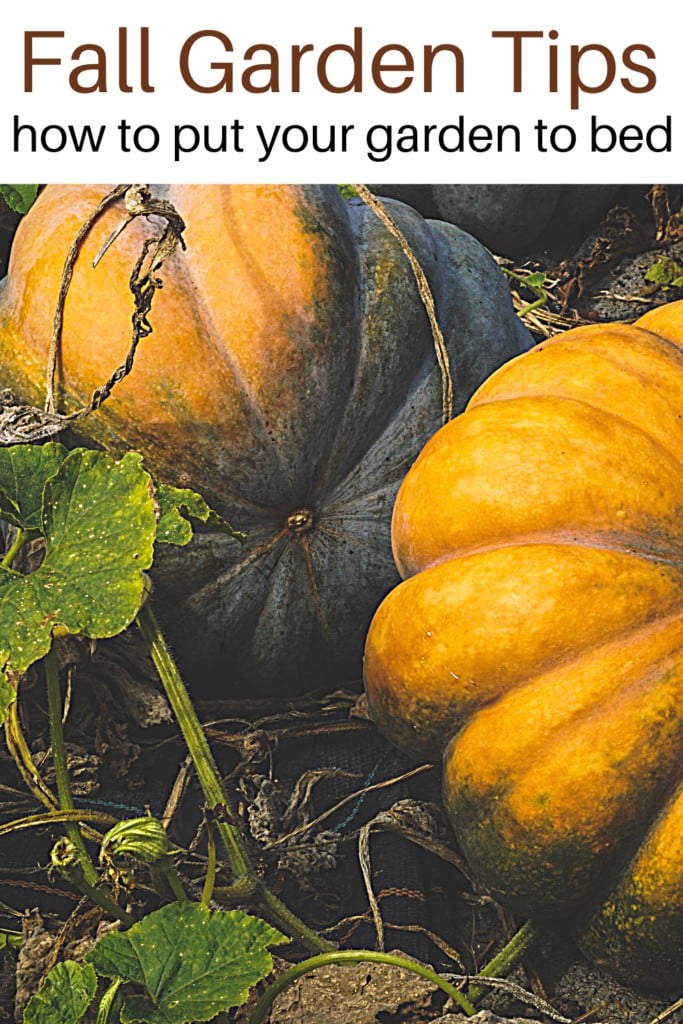
Wow, your garden is very impressive. Those sweet potatoes look marvelous.
Doing a great job. In the fall our garden pretty much dies in Vermont 🙂
I miss having a garden this year – and haven’t tried on in the Fall, but you have given me some inspiration!
I do not have any tips but I would love to grow sweet potatoes!
I have never had a green thumb I cannot keep anything alive but I want to start a garden.
I wish I had gardening tips to share! I wish I had a garden. I wish I had time to figure it all out. So jealous!
it gets easier every year in terms of prepping soil and such, especially with a raised bed. You could try container gardening. very easy and almost no work other than to water it occasionally!
Here in Texas, all my herbs have withered but I am attempting to salvage them by transplanting them into pots that I put in the shade of my porch. We are in a drought and only allowed to water once a week, so I am using my excess shower water to keep my bell peppers alive. So far, those are the only things left! I would love to get some more swiss chard and kale going for the fall.
My parents grew beets out in Wyoming where it is not as hot as Georgia so you might try them in the fall or early spring, the greens from the beet are great to eat.
I got them in the ground in march this year but it gets hot too quickly. I probably should get stuff in the ground in February but I am just not thinking about gardening yet in February!
Fall seems like the perfect time to plant those greens with little effort for maintaining. Good post.